Pipeline Maintenance
Pipeline maintenance is a critical aspect of the oil and gas industry, whether on land or offshore. Pipelines are used to transport oil, natural gas, and other hydrocarbon products over long distances, and proper maintenance ensures their safe and efficient operation. Let’s explore pipeline maintenance practices for all environments.
Offshore Pipeline Maintenance
Offshore pipeline maintenance involves additional challenges due to the harsh marine environment and the presence of pipelines in subsea conditions. Here are some key considerations:
- Subsea Inspection: Underwater inspection techniques, such as remotely operated vehicles (ROVs), are used to assess the condition of subsea pipelines. ROVs capture visual data, perform non-destructive testing, and help identify issues like corrosion, seabed movement, or damage from anchor drag.
- Cathodic Protection: Similar to onshore pipelines, offshore pipelines are protected against corrosion using sacrificial anodes or impressed current systems. Regular monitoring and maintenance of these systems are crucial to mitigate corrosion risks.
- Subsea Repair and Intervention: In case of damage or leaks, specialized intervention techniques like pipeline clamps, subsea connectors, or remotely operated repair systems are employed. ROVs or divers can be utilized to perform repairs and replacements.
- Integrity Management: Offshore pipelines often have comprehensive integrity management systems in place. This includes assessing risks, developing maintenance strategies, and scheduling periodic inspections and maintenance activities based on the pipeline’s condition and environmental factors.
- Flow Assurance: Offshore pipelines can face challenges related to flow assurance, including hydrate formation, wax deposition, or scale accumulation. Chemical treatments, insulation, or heat tracing systems are used to maintain optimal flow conditions.
Inland & Coastal Pipeline Maintenance
Inland pipeline maintenance involves the upkeep and repair of pipelines located in/near coastal waterways. Here are some key activities:
- Inspection: Regular inspections are conducted to identify potential issues such as corrosion, leaks, or structural damage. Inspection methods can include visual inspections, non-destructive testing (e.g., ultrasonic testing), and inline inspection tools (pigs) that travel through the pipeline to assess its condition.
- Corrosion Protection: Corrosion is a major concern for pipelines. Protective coatings and cathodic protection systems are applied to prevent corrosion and extend the pipeline’s lifespan. Coating integrity is periodically checked, and cathodic protection systems are monitored and maintained.
- Leak Detection: Leak detection systems, including pressure monitoring, flow rate monitoring, and automated leak detection systems, are installed to promptly identify and respond to any leaks or spills.
- Pigging and Cleaning: Pipeline “pigs” are used for various purposes, including cleaning the pipeline interior, inspecting its condition, and removing debris or blockages that could hinder flow. Regular pigging helps maintain pipeline integrity and operational efficiency.
- Repair and Maintenance: If any issues are detected during inspections or through leak detection systems, repairs are promptly carried out. This may involve patching leaks, replacing damaged sections, or reinforcing the pipeline with clamps or sleeves.
Pipeline maintenance, whether inland or offshore, aims to ensure the reliability, safety, and environmental integrity of the pipeline network. Adhering to regulatory standards, implementing proactive inspection programs, and responding promptly to any issues are crucial to maintaining the operational efficiency and longevity of the pipelines.
Looking To Partner With An Energy Industry Leader?
CEES has the patents, equipment, and most importantly top talent needed to get your energy project done right. Learn more about our services and discover the CEES difference.

